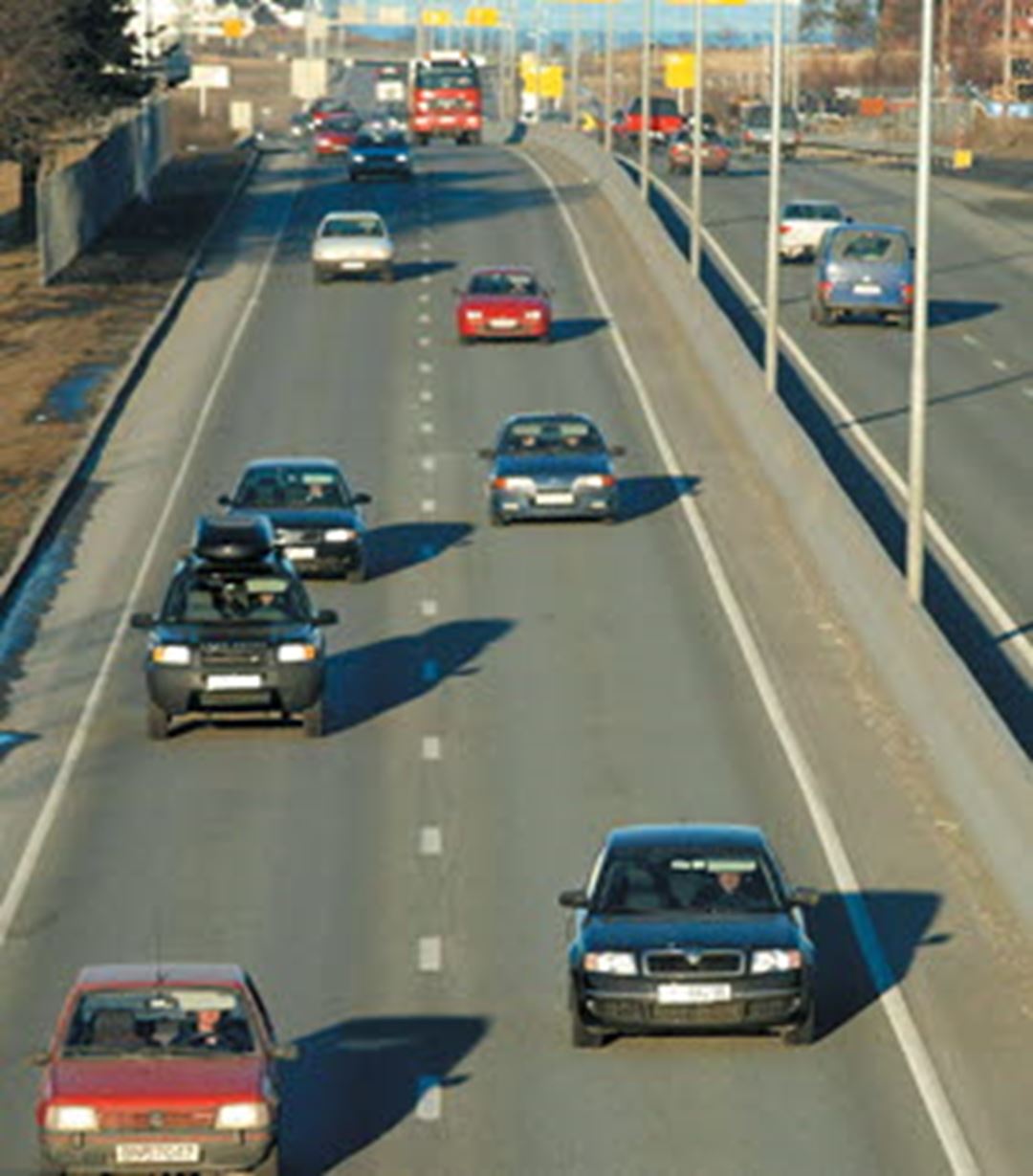General measurements of traffic noise have been carried out for many years without us knowing anything either about the noise generated from individual vehicles, or which types of vehicle (cars, heavy vehicles, petrol- or diesel-driven) contribute most to overall noise levels.
”There are major challenges linked to measuring the noise from cars travelling close behind each other”, says research scientist Truls Berge at SINTEF ICT. ”However, we can distinguish one car from another by mounting an array of microphones on a frame”, he says.
”This gives us acoustic data from each individual car, recorded as a distinct "noise event", and microphone systems for this purpose have been used successfully in Germany. This is why we will be visiting the company concerned to learn what we can, and then build a similar system ourselves,” says Berge.
Different types of data
Noise generated by individual vehicles in traffic will be one of the parameters incorporated in the BIA project known as MOVE. Together with general traffic information, other environmental factors will be assessed for recording in the measurement station.
This three-year project was launched last year with SINTEF, Norsonic and Norsk Elektro Optikk as participants. The work is funded in part by the Research Council of Norway which is contributing about NOK 6 million.
Since noise levels are influenced by wind, temperature and the state of the roads (wet or dry), information such as location and time, as well as data from local meteorological stations, will also be included.
When the registration plate from a vehicle passing the station is recorded, the vehicle registration database AUTOSYS will be able to provide more detailed technical details such as vehicle category, model vintage and engine type (petrol/diesel/electric/hybrid), etc. The recording of such data must be clarified both legally and in terms of technical feasibility.
According to Norsk Elektro Optikk, it will be possible to measure levels of selected exhaust gases from a passing vehicle using laser and spectroscopy technology. Gases such as NO and NO2 represent relevant possibilities.
By Åse Dragland
Will we achieve noise reduction targets?
Measurement stations, by combining all available information, could become invaluable sources of road traffic-related environmental data. Part of the challenge will be to get all the components to communicate with each other.

